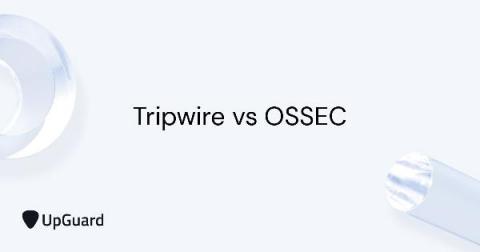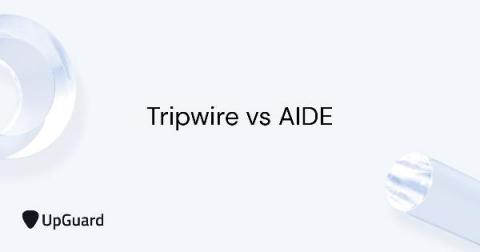How FIM Is More Than Just About Maintaining Compliance
The purpose of every security team is to provide confidentiality, integrity and availability of the systems in the organization. We call it “CIA Triad” for short. Of those three elements, integrity is a key element for most compliance and regulations. Some organizations have realized this and decided to implement File Integrity Monitoring (FIM). But many of them are doing so only to meet compliance requirements such as PCI DSS and ISO 27001.






